Boost Your Email Marketing ROI: How to Use AI for Advanced Segmentation
The Future of Connection: How AI is Revolutionizing Email Marketing The digital landscape is shifting. Consumers are bombarded with information, and getting their attention requires a level of personalization previously unimaginable. In this rapidly evolving environment, businesses are turning to artificial intelligence to enhance every aspect of their marketing, and a prime example is AI powered email marketing segmentation. No longer a futuristic fantasy, AI is transforming how we connect with audiences, driving higher engagement and, ultimately, better results. This article will dive into the exciting world of AI in email marketing, exploring how it is reshaping campaigns, boosting ROI, and ushering in a new era of customer-centric communication. Why Traditional Segmentation Falls Short in Today’s World For years, marketers relied on basic demographic data – age, location, gender – to segment their email lists. This approach often resulted in broad, generic campaigns that failed to resonate with individual recipients. While still useful for a baseline, this traditional model falls short in delivering truly personalized experiences. Consider this: a customer who recently purchased running shoes is unlikely to be interested in an email promoting gardening supplies. Generic segmentation wastes marketing resources and frustrates customers. Consumers expect relevance; they don't want to feel like another faceless recipient in an overflowing inbox. This is where the power of AI truly shines, enabling marketers to move beyond basic demographics and delve into sophisticated behavioral, psychographic, and predictive analytics. Integrating email marketing automation allows for timely and deeply relevant messaging, keeping your brand top-of-mind without being intrusive. The Power of AI-Driven Segmentation: Beyond the Basics AI offers a wealth of capabilities for advanced email segmentation, going far beyond traditional approaches. Here’s a look at some key ways AI is changing the game: Behavioral Analysis: AI algorithms analyze customer behavior across multiple touchpoints – website visits, email clicks, purchase history, app usage – to identify patterns and predict future actions. This allows you to segment your audience based on their actions, not just their demographics. For example: Customers who abandoned a shopping cart. Users who frequently download ebooks on a specific topic. Individuals who haven’t engaged with your emails in the past 90 days. Predictive Analytics: AI can predict future customer behavior – likelihood to purchase, churn risk, lifetime value – enabling highly targeted campaigns. Knowing which customers are most likely to convert allows you to prioritize your efforts and optimize your messaging for maximum impact. Personalized Content Recommendations: AI can curate individualized email content based on a customer's past behavior, preferences, and predicted interests. This might involve recommending specific products, articles, or offers. Benefits of AI Powered Email Marketing Segmentation Implementing AI powered email marketing segmentation yields a cascade of benefits for businesses, including: Increased Engagement: Relevant content delivered at the right time dramatically increases email open rates, click-through rates, and overall engagement. Improved Conversion Rates: Personalized offers and recommendations drive higher conversion rates by addressing individual customer needs and pain points. Enhanced Customer Loyalty: Demonstrating that you understand and value your customers’ individual preferences fosters stronger relationships and boosts customer loyalty. Reduced Marketing Costs: By eliminating irrelevant communication, AI helps optimize email marketing spend and maximize ROI. Here is a simple table summarizing the key differences: Feature Traditional Segmentation AI-Powered Segmentation Data Source Basic demographics Behavioral, psychographic, predictive Analysis Method Rule-based Machine learning algorithms Personalization Level Broad, generic Highly individualized Engagement Lower Higher Conversion Rates Lower Higher Implementing AI for Email Segmentation: A Step-by-Step Guide Ready to harness the power of AI for email segmentation? Here's a practical roadmap to get started: Choose the Right Tools: Select an email marketing platform with built-in AI capabilities or integrate an AI-powered segmentation tool with your existing system. Popular options include Klaviyo, Mailchimp (with its AI-powered features), and Omnisend. Data Integration: Ensure your email marketing platform can access and analyze data from all relevant sources – CRM, website analytics, e-commerce platform, etc. Define Your Objectives: Clearly define your marketing goals – what do you want to achieve with AI-powered segmentation? (e.g., increase sales, reduce churn, improve engagement). Start Small: Begin with a pilot project, focusing on a specific segment of your audience. This allows you to test and refine your approach before rolling it out more broadly. Continuously Optimize: AI algorithms are constantly learning, so it's essential to continuously monitor performance and fine-tune your segmentation strategy. The Future is Personalized: Embracing AI and Automation AI-driven email marketing segmentation isn’t a fleeting trend; it's the future of personalized communication. As AI technology continues to advance, we can expect even more sophisticated segmentation capabilities, allowing us to create truly hyper-personalized experiences for every customer. The rise of email marketing automation further amplifies the impact, allowing for automated delivery of highly targeted messaging based on real-time data and predictive insights. Ready to take your email marketing to the next level? What are your thoughts on using AI for email segmentation? Share your experiences, questions, or insights in the comments below! Also, be sure to explore our resources on email marketing best practices to learn more about optimizing your campaigns. And don’t forget to follow us on LinkedIn for more updates on the latest trends in AI and marketing.
Share this content:

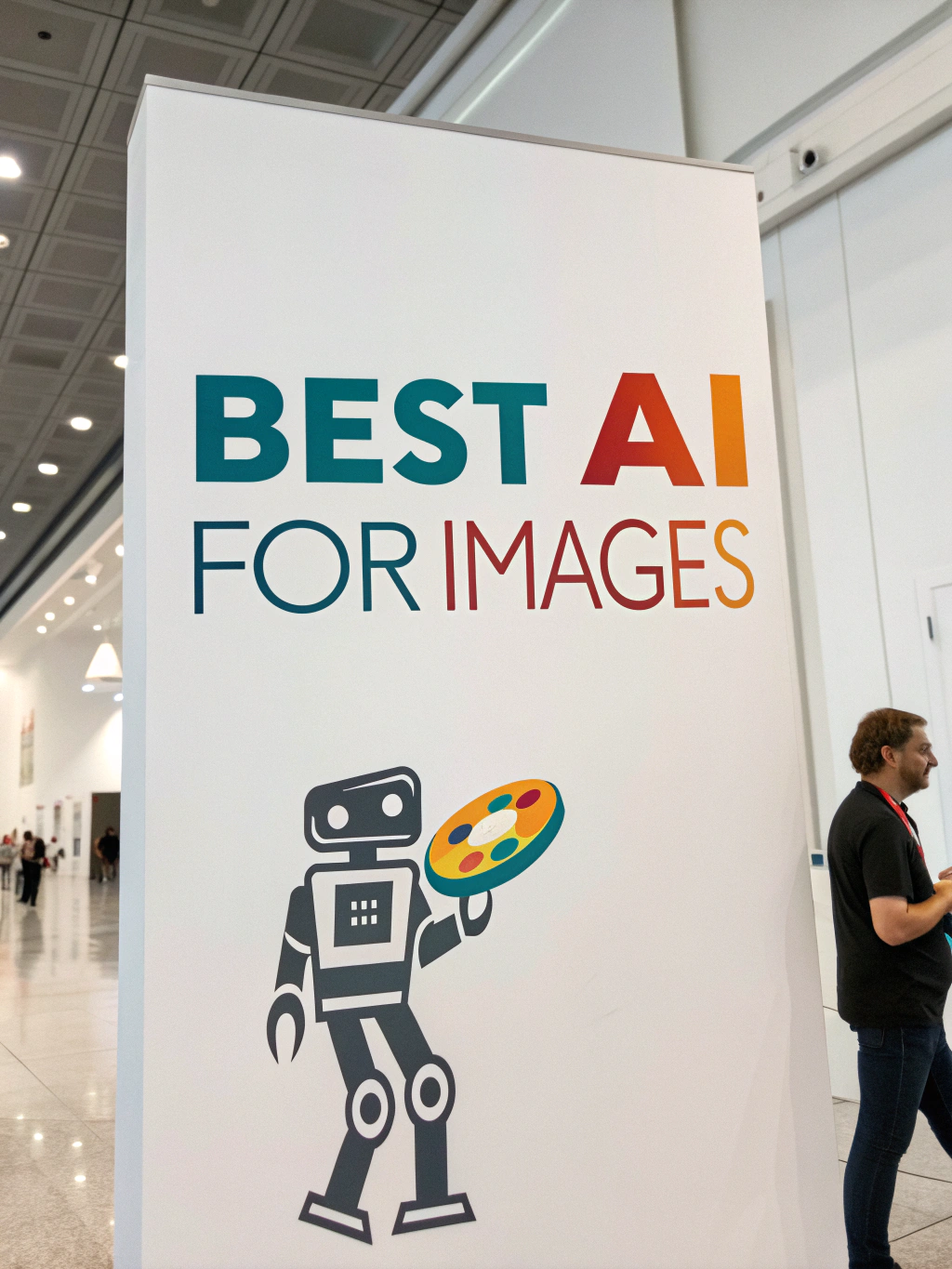
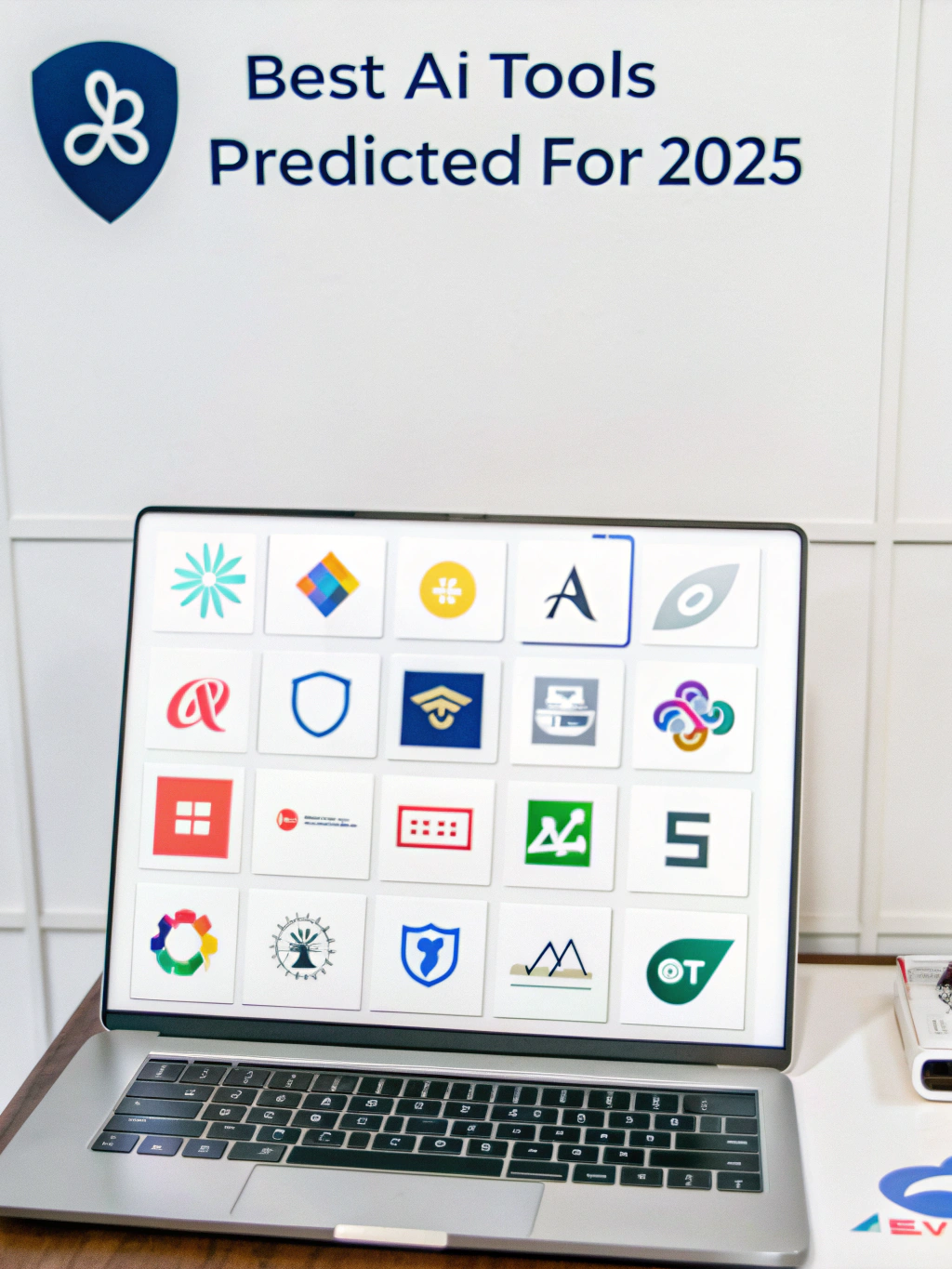


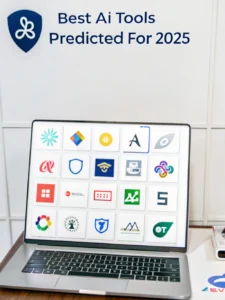
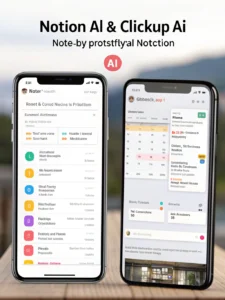
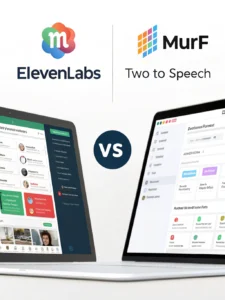






Post Comment